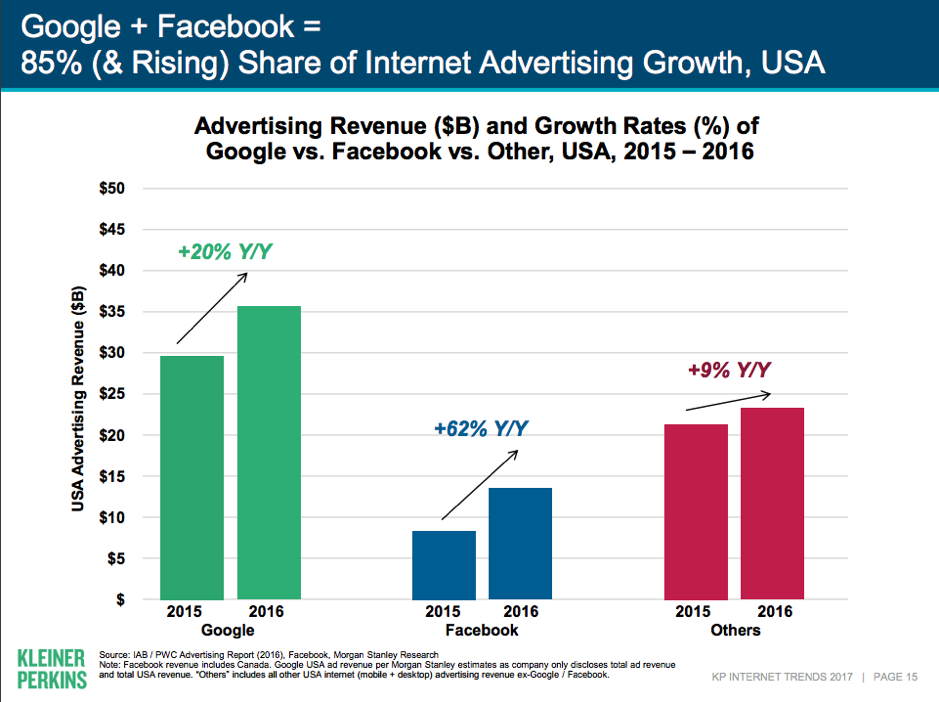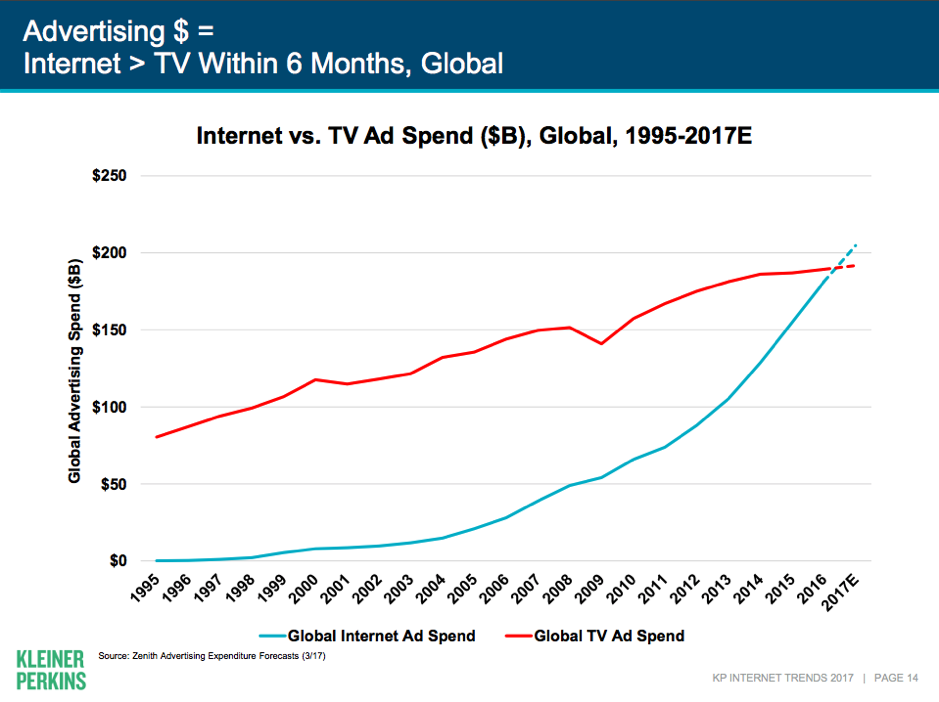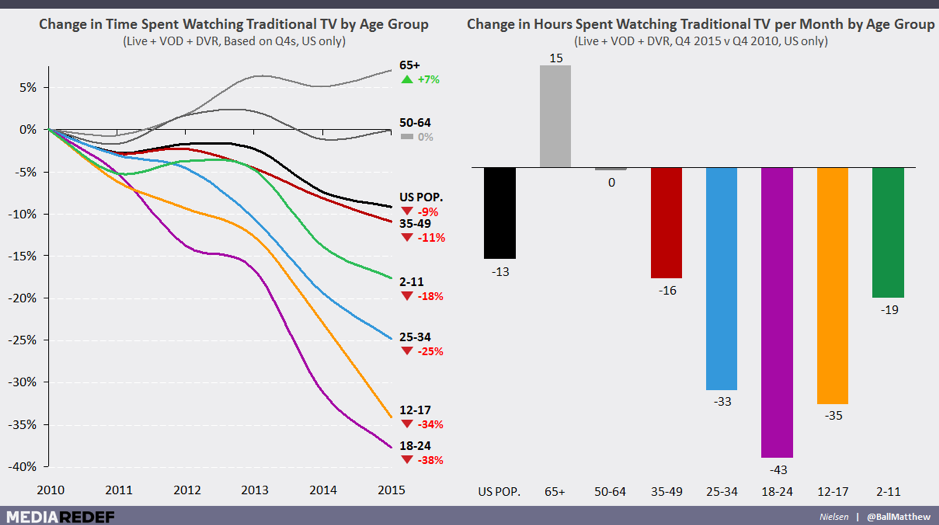Advertisers used to buy ads through advertising agencies, not directly from the media channel they were using.
William Taylor is recognised as the first advertising agency, established in 1786.
By 1856, Mathew Brady a photographer by trade, had placed an ad in the New York Herald offering “photographs, ambrotypes and daguerreotypes” directly to consumers.
This ad was the first to use distinct typeface and fonts from the publication and other ads. Later that year, Robert E. Bonner ran the first full-page ad and modern advertising was born.
Advertisers use advertising agencies for the same reason we don’t make our own clothes; scale and affordability.
Advertising agencies can leverage their relationships with newspapers and other media outlets to serve multiple clients at more cost effective rates.
Just like how it’s easier for consumers to buy clothes from a store as opposed to making the clothes themselves.
Advertising agencies have the expertise and relationships to maximise the effectiveness of ads and generally make advertisers lives easier, letting advertisers focus on what they’re good at.
With the introduction of radio and TV advertising, the need for advertising agencies increased, more channels for advertising meant more money and TV ads were harder and more expensive to produce than print.
Advertising agencies became creative agencies that not only placed ads but also produced them. Again, advertising agencies were able to build expertise and provide advertisers with more cost effective advertising which reached more consumers.
When the internet came along, advertising agencies weren’t so lucky.
It seems that valuable relationships only exist when there aren’t infinite channels, and the seemingly infinite channels of the internet has had the effect of eroding the value of relationships agencies built with advertisers.
The internet has significantly changed the advertising landscape by making affordable advertising more accessible and exponentially increasing the reach of the advertising.
This overabundance of advertising channels means distribution isn’t the problem, discovery is.
No matter how great the advertising is, if consumers are not seeing the ads, they are ineffective. So, that's why it seems that technology and advertising go hand in hand.

Source: Kleiner Perkins, Internet Trends 2017
For technology companies such as Facebook and Google, as outlined in the above chart, advertising is an important revenue stream however I believe that most people, including investors of these technology companies, don’t understand advertising.
For example, when people talk about advertising, they say ads persuade us to buy things. I’ve heard something like:
“Ads work because they create a positive association between the product and me”
Even Warren Buffett agrees:
“No business ever failed with happy customers. You are selling happiness.”
This advertising methodology is implemented by Coca-Cola in its "Open Happiness" campaign which depicts the iconic Coca-Cola bottle and the words open happiness printed beside it, suggesting Coca-Cola is happiness or will give a consumer happiness.
I believe this advertising places the thought pattern “Coke equals happiness” deep into your mind.
Then we develop a positive association between Coca-Cola and happiness resulting in the what I believe is a Pavlovian like response to Coke therefore the next time we’re standing in front of a fridge with the choice of Coke or Pepsi, we’re flooded with positive emotions and buy the Coke.
I don’t, however, believe that’s the only thing happening as I’ve never been flooded by happiness at the thought of buying a Coke.
Pavlovian conditioning also known as respondent or classical conditioning and is often used to train animals.
In Ivan Pavlov's original experiment, whenever Pavlov gave his dogs food and they began to salivate, Pavlov he also rang a bell. Eventually, Pavlov rang the bell on its own and the dogs salivated (even though Pavlov didn't provide any food). The dogs unconsciously and mentally associated the bell with food eliciting their ordinary response to food when the bell was rung, even though there was no real or physical connection.
I believe what people forget about ads is that they raise awareness. I think the Coca-Cola ad I referred to earlier is telling you Coke exists and here’s how Coke makes people feel, or drink Coke and you’ll be happy (and given the sugar in it, you probably will be - at least for a little while).
Almost every ad is designed to remind you that a certain service or product exists. If emotions help encode the idea further, all the better for the advertiser.
For companies such as Coca-Cola, I believe advertising isn’t about getting you to buy Coke, it’s about getting your demographic to buy Coke. Coca-Cola wants to convince people like you to drink Coke, not Pepsi.
I believe that the reach of the internet and targeting mechanisms available to advertisers through online advertising is why online advertising has surpassed offline advertising, as depicted in the below graph.

Source: Kleiner Perkins, Internet Trends 2017
If you look at Redef’s chart below, it shows the situation for TV is worse than the above chart suggests.

Everyone below 49, advertiser's seemingly most popular target demographic, are watching less TV now than ever before and by a large margin. For example, 18 to 24 year olds were watching nearly an hour and a half less TV everyday in 2015 than they were in 2010.
TV ad spend is still a ~$190 billion industry. Imagine if Google and Facebook could take even more of the TV advertising market. Advertising is the main revenue driver for both companies, so there is still a couple of hundred billion dollars to fight over. So, why do advertisers still advertise on TV? I’m not sure, but I believe it’s because TV still gets you the most impressions per dollar spent, even though it’s hard to track.
Online advertising is far different from offline advertising because of the ability for advertisers to target their intended audiences. Targeting is a polite way of saying advertisers use personal consumer data to dissect their intended audience and target people they know will react positively to their advertising.
If we think of Facebook’s data, they’ve got your likes, posts, newsfeed shares, first name, last name, date of birth, the list goes on…
With Facebook targeted advertising, if you’re selling an Elon Musk biography for instance, you can target people who have liked pages about “Elon Musk”, “Tesla”, “SpaceX” and shared posts containing Elon Musk, between the ages of 18-35.
This is contrasted with traditional advertising where the best targeting advertisers could manage was to advertise in a certain magazine or newspaper which you think your target audience is reading.
Another positive aspect of online targeted advertising is that advertisers can adjust their target audience on the fly. If you don’t like what you’re paying, just turn your ads off or change your target criteria. Online advertising is scalable, flexible and superior to offline advertising in that way.
Google is even better - consumers literally type in a desire for something, anything and Google serves them a relevant ad. That’s what makes Google so valuable, it’s the equivalent of an online billboard except it only appears when the consumer has searched for the product or something similar to the product. For advertisers it’s great because they don’t pay when their ads aren't shown.
Television ads are almost impossible to track for effectiveness as you don’t know if consumers are even sitting in front of the TV at the time your ads are shown. Online advertising gives advertisers tracking beyond who saw it but also what those consumers did afterwards.
Whether you like it or not, understanding advertising is important when you’re investing in technology businesses. Advertising is a large revenue stream of some of the largest businesses in the world. I believe a good rule of thumb is, if services are free and online, the companies offering the services make most of their money from advertising and you are the product.
*Important! We’re sharing with you our thoughts on the companies in which Spaceship Voyager invests for your informational purposes only. We think it’s important (and interesting!) to let you know what’s happening with Spaceship Voyager’s investments. However, we are not making recommendations to buy or sell holdings in a specific company. Past performance isn’t a reliable indicator or guarantee of future performance.
*The Spaceship Universe Portfolio invests in Google (Alphabet) and Facebook.
The Spaceship Index Portfolio invests in Google (Alphabet), Facebook, Coca-Cola and Coca-Cola Amatil.



